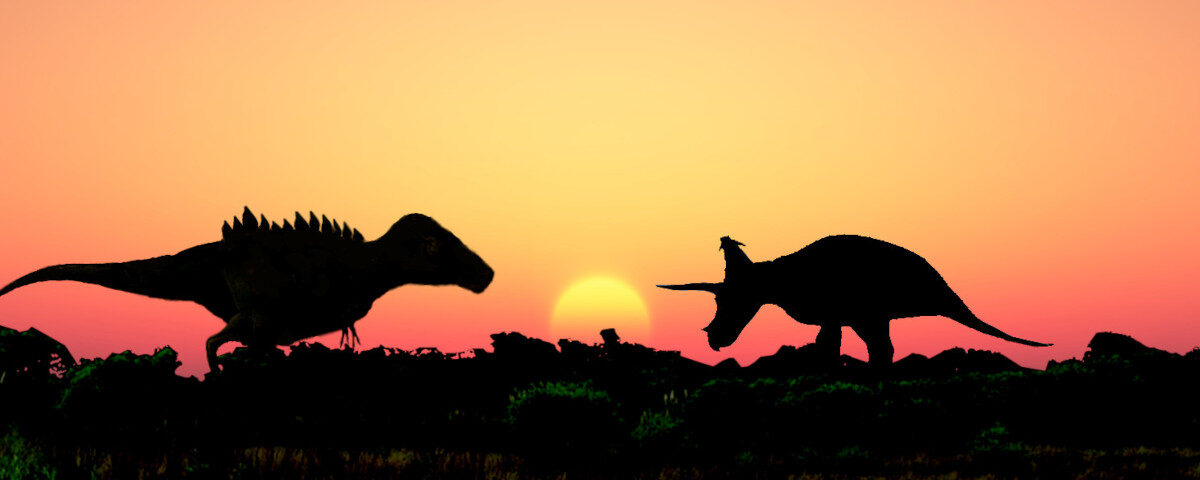
Living on a Moon in Distant Star System
My next novel is set (for the most part) on the world Bahram which is a moon around a gas giant orbiting a star somewhere out there in the Orion Spur. Mostly due to tidal locking, living on a moon would have some unique differences compared to living on a planet.
Bahram is described as being tidally locked to its gas giant, meaning that the same side of the moon always faces toward its gas giant in the same way that our moon always shows the same face toward Earth. Given enough time, all moons will become tidally locked to their host planet. The closer the moon and the larger the planet, the sooner the moon will become tidally locked.
Life would be interesting on such a tidally locked moon. Tidal locking does not totally stop rotation but slows it until the rotation matches the revolution around the planet. The length of a day-night cycle then depends on how long it takes for the moon to revolve around the planet. For our moon, it takes about 28 days to revolve around the Earth, giving 14 days of day and 14 days of night at any given spot on the lunar surface. Yes, the dark side of the Moon is, in fact, lit up half the time. Effectively, the day and the month are the same on a moon.
So we said the length of the day depends on the time an evolution of the moon around the planet. This then depends on the mass of the planet and the distance of the moon from the planet. The heavier the planet, the stronger its gravitational pull, and the faster moon has to travel in order to stay in its orbit. And the closer the moon is to the planet, the less distance it has to travel to go around.
As a moon revolves around its planet, the sun will rise and set. Stars will come out, and different constellations will be visible at different times of the year as the planet revolves around the sun. The planet going around the sun will then define a year in such a system.
The gas giant of the moon will not budge in the sky of the moon, although a little wobble is possible if the moon’s orbit is eccentric. But one side of the moon will never see the giant, and one side will always see it hanging in the same place while everything else moves in the sky.
However, note that although the gas giant is always in the same place, it is not always visible. Just like our moon goes through phases, so will the gas giant, and that includes a phase like a new moon where the entire planet is black as space. These phases would be in sync with the length of the day. So if the full gas giant was seen at sunset at Lookout Point on the moon, the full gas giant would always be seen at sunset at Lookout Point. It would be seen at other times of the day, but it wouldn’t be full.
The whole side of the moon that sees the gas giant would see it as full at the same time, but the time of the day would be different. I’m talking about East/West here, not North/South. In the example above at Lookout Point, let’s assume the gas giant is on the eastern horizon. At the same time, a quarter of the way around the moon to the East, it is midnight. And the full gas giant is seen straight overhead. Another quarter of the way around, and it is dawn. And the full gas giant is on the western horizon. By the way, we wouldn’t have to wait until star travel is possible to see these type of effects. The phases of the Earth would be just like this as seen from a future lunar colony.
On a moon like Bahram, you would also experience an eclipse once every light cycle as the star goes behind the giant. Our moon is not eclipsed every month because the Earth-Moon plane is not aligned with the Earth-Sun plane so the Moon is usually above or below the line between the Sun and the Earth. Due to the large size of a gas giant, however, the local star would most likely always pass behind the giant unless the orbit of the moon was significantly tilted relative to the plane to the local star and the moon was far from the planet. In that case, the eclipse would be rare and happen for the same reason solar and lunar eclipses are rare on Earth. When the plane of the orbit of the moon around the planet is not the same as the plane of the orbit of the planet around the star, those planes must intersect. As the moon orbits the planet, it passes through that intersection twice during each orbit. If that intersection just happens to align with when the moon is exactly opposite of the planet from the star, then an eclipse of the moon occurs.
Well if you are geek enough to have gotten this far, I think you will enjoy my next book (Boots of Oppression) which should be ready to release sometime in July 2019. Or check out my other books.
 RockIt On! – MJ
RockIt On! – MJ
All content of this blog is the property of the author.
